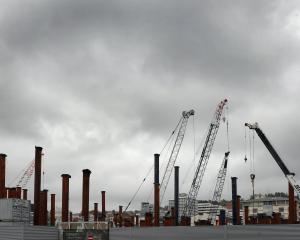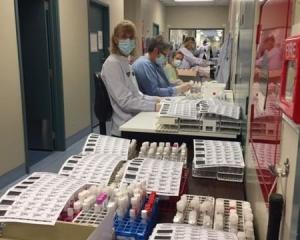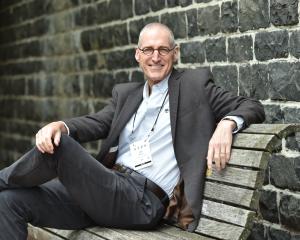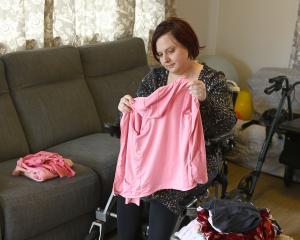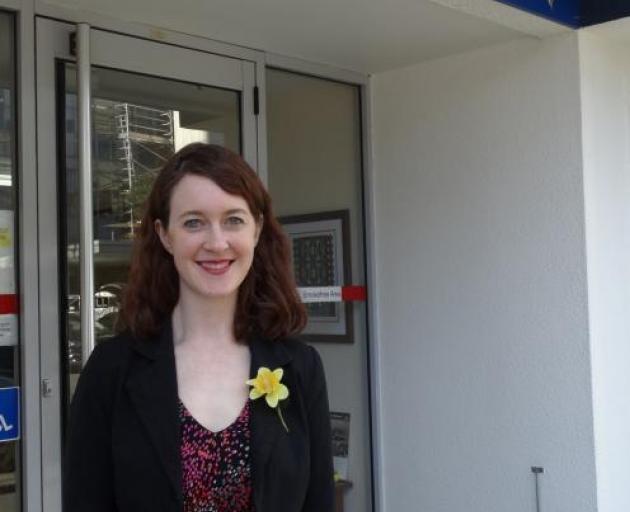
So says a new report from EY, commissioned by the Southern District Health Board as part of its response to an alarming escalation in the number of people on its cancer diagnosis and treatment waiting lists.
It also found the board had fewer staff working on cancer treatment than other health boards, and that those staff were providing much more care than their counterparts at other boards.
Another finding was that the service was dealing with more people proportionally, and more with lower-level cancer cases, than other DHBs, as fewer people in the South got treated privately.
It urged the board to hire several extra staff, both administrative and clinical, to improve the service’s performance.
Cancer Society Otago Southland division chief executive Rachael Hart said EY’s findings reinforced that the southern medical workforce was working hard to do their best with what they had.
"They just don’t have the resources to do what they need to do to keep waiting lists down," she said.
"Some of the figures were quite amazing about what full-time equivalents were delivering compared with other cancer centres ... this report should direct the SDHB to invest in its services the way it needs to in order for them to work even better."
EY found staffing increases the SDHB had already decided to make would bring it more into line with other DHBs if those hires were actually made.
The SDHB will discuss the report today.
To make sure clinical staff focused on treating patients not administration, the report recommended the hiring of four more clerical staff and two extra full-time nursing roles as a priority.
The SDHB, unlike many other regions, did not have a large proportion of its patients opting for private sector treatment of their illness, it noted.
"This means that the activity undertaken in the public system will be greater proportionally than elsewhere, including lower complexity care.
"SDHB could explore the benefits of enabling this setting of care within the district, noting that this would be a longer-term strategy, and would create a different set of challenges such as local competition for workforce between public and private sectors, particularly technical and support roles."
Other challenges for the SDHB noted in the report included the high number of clinics delivered at rural centres, treatment which often involved long journeys by car or plane, the absence of any oncology senior medical officers at smaller centres, and fewer registrars across all specialties.
"[This] likely exacerbates current workload for all clinical and technical roles, but also creates difficulties for future recruitment and retention of senior medical officers, as registrar training, according to other cancer centres, is the most successful recruitment strategy for senior medical staff."
As well as hiring extra clerical staff, other recommended immediate measures included hiring extra radiation oncologists, medical oncology staff and ensuring adequate staffing levels to allow people to properly use their allotted non-clinical time.
Medium and longer-term recommendations included better funding for allied health to offer greater support to patients, improvement of IT systems, and continuing support of training opportunities for staff.
Ms Hart said the SDHB would face stiff competition from other centres that also wanted to hire cancer specialists, and welcomed the report’s recommendation that it also focus on training its own staff.
"Hopefully by building up registrars we won’t run into this problem because it is hard to attract people to these roles, particularly when it is a small work force, particularly in radiation oncology."
Key findings
• SDHB has fewer clinical and technical staff than other DHBs.
• The staff it has deliver a higher proportion of care than other DHBs.
• Service needs more registrars, particularly as retirements are pending.
• More administration staff needed.
• More medical physicists, radiation therapists, needed.

